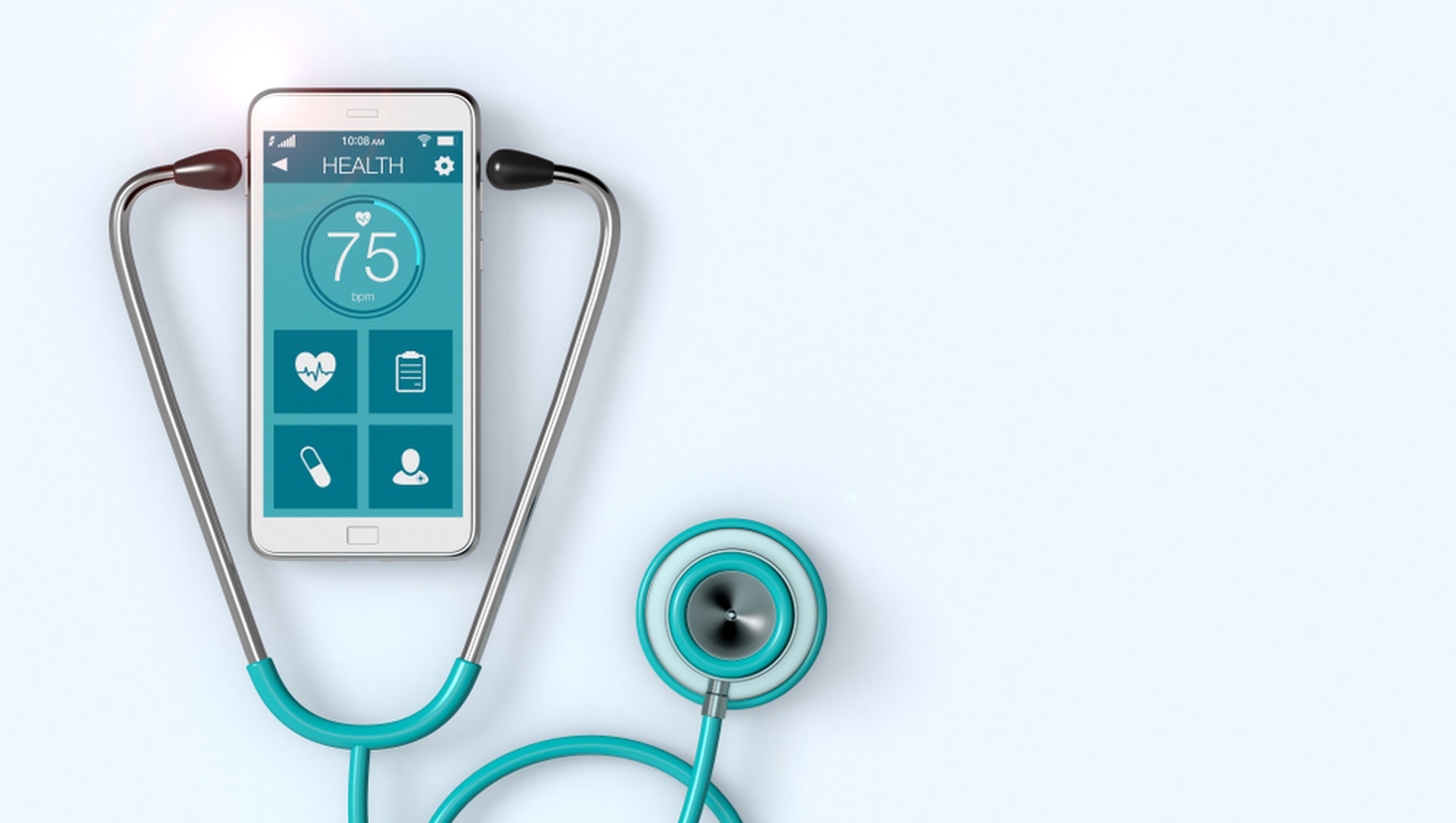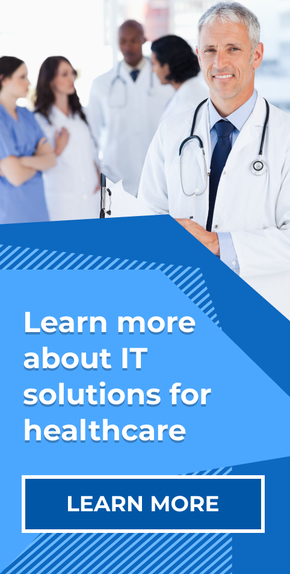The demand for remote healthcare technologies has been growing rapidly during the coronavirus pandemic, with more and more companies investing in remote patient monitoring software development. The global market for RPM systems was valued at $745 million in 2020 and is expected to reach $1.7 billion by 2027. What makes this technology so popular for healthcare practitioners?
A remote patient monitoring system is more than wearable devices that track a patient’s vital signs and symptoms at a distance. An RPM solution can also improve analytics, automate routine tasks, help organizations optimize expenses, and improve the quality of medical care.
This article will outline the latest trends in the development of remote patient monitoring software. We’ll also discuss how you can use these systems to streamline healthcare services, reduce unnecessary admissions, and increase patient satisfaction levels. On top of that, we’ll explain how to develop and implement RPM software in your healthcare company.
How custom remote patient monitoring software can improve processes in healthcare
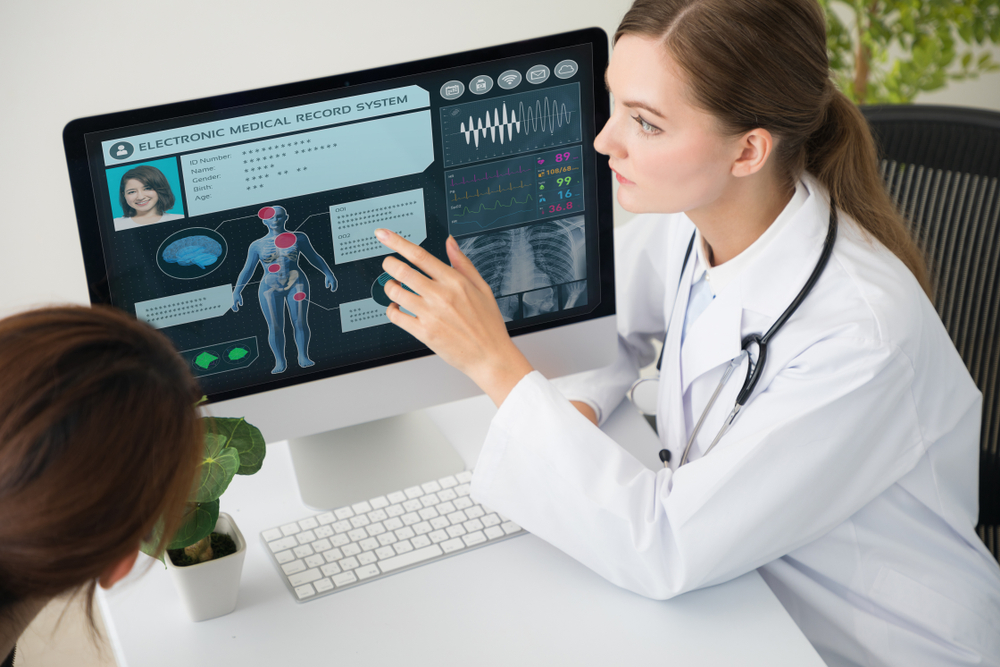
Remote patient monitoring has become a high priority for healthcare organizations. As reported in a 2021 survey, about 20% of US hospitals and clinics have adopted RPM technology, with 23% more planning to do so within the next year. Let’s see how RPM benefits healthcare providers.
Improved quality of care
Remote patient monitoring devices (sensors, trackers, and wearable gadgets) can track a patients’ physical activity, blood pressure, blood glucose, oxygen saturation, and other vital signs round-the-clock. This helps patients be more conscious about their health, which is especially helpful for seniors and people with chronic conditions.
Also, healthcare organizations that decided to build a remote patient monitoring system can effectively monitor patient conditions and prevent complications. RPM solutions help doctors detect erratic patterns in patient’s health early on to adjust the care regimen as necessary.
Reduced readmissions
RPM devices can drastically decrease hospital readmission rates. Many patients that have been discharged from hospitals come back because they experience dizziness, spikes in blood pressure, and other problems. These symptoms rarely require complex examinations, but doctors can’t know that if the patient is outside the healthcare facility.
Remote patient monitoring devices can change this situation. If hospitals send patients home with wearable trackers, clinicians can keep monitoring their status even after the discharge. This can significantly decrease the need for readmissions and in-person examinations.
Convenient access to information
Remote monitoring solutions can be integrated into beds in homes and clinics. With this technology, data collection and analysis happens in the background and gets uploaded to the EHR (electronic health record) systems automatically. Access to real-time data can help doctors make more informed decisions and increase the efficiency of treatment.
Also, nurses and medical personnel can use bedside monitors to quickly check the patient’s core health data. This way, RPM implementation can streamline many routine tasks in medical facilities.
Optimized operational expenses
Based on the 2019 Trends in Remote Patient Monitoring report, decreased costs on emergency department visits and hospital readmissions are the primary drivers for investing in RPM.
As mentioned, RPM systems can continuously monitor blood pressure, blood glucose, oxygen saturation, and other vital metrics for patients. Using this data, doctors can distinguish between patients with vague symptoms and those with critical health problems remotely. According to research, healthcare facilities can save up to 65% on hospital visits by introducing remote monitoring solutions.
Increased convenience
Most people don’t like going to hospitals. In the industry survey, over 64% of respondents aged 40 and older said that they would prefer to use a wearable monitoring device instead of visiting doctors. A medical organization that offers RPM devices can improve the satisfaction level for patients who find it inconvenient to go to the doctor every time they have mild symptoms.
Moreover, remote monitoring systems can help people who live in rural areas with limited access to medical care receive help from their homes. So RPM implementation is not only about convenience; it also improves accessibility to clinical services.
Improved treatment adherence
Adherence to prescribed medications and treatment can lead to better chronic disease management and clinical outcomes. Nearly half of the US population take prescription drugs, with 24% using three or more medications. According to the CDC’s Morbidity and Mortality Weekly Report, improving medication adherence should be one of the top priorities for public health. To achieve this goal, you can build a system for remote patient monitoring with functionality for medication management.
Some ways to implement RPM for medical adherence include:
-
Wireless patches that monitor medication uptake
-
Bioingestible sensor capsules that measure patient data
-
Patient mobile apps that send reminders about taking medicine
These solutions can help the patients’ family, friends, or caregivers control treatment adherence. On top of this, RPM allows physicians to evaluate how medications impact patient conditions more accurately than regular physical visits.
Now, let’s see what the market expects from remote patient monitoring software.
Remote patient monitoring technology: market trends
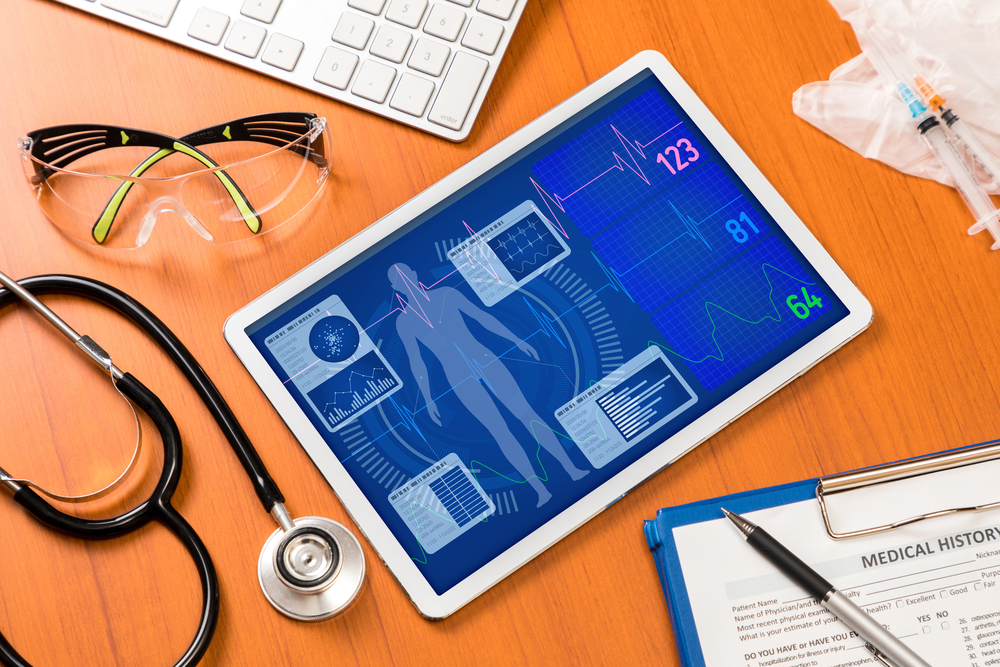
Access to real-time data, improved cost-efficiency, and the pandemic outbreak are shaping the remote patient monitoring market in 2021. Here are the trends we expect to stay relevant in the near future.
Increased role of RPM devices in dealing with COVID-19-like viruses
Personal medical devices can identify COVID-19 symptoms remotely before people suffer from complications. That’s especially important for seniors because the risk of death and severe illness from the virus increases with age. As shown by the CDC, over 80% of deaths from COVID-19 in the US were among people over age 65.
RPM devices can analyze real-time and historic SpO2 data to detect high-risk patients or those who are already sick. This can help direct people to clinics earlier, potentially preventing drastic therapy measures (such as being put on a mechanical ventilator). Consequently, the demand for RPM software solutions for dealing with COVID-like viruses is expected to grow during the pandemic.
Remote monitoring for preventing chronic illnesses
The rise in chronic illnesses and related risk factors has fueled the number of deaths during the pandemic. However, medical organizations can prevent complications from ongoing diseases by continuously monitoring patient health data, which is possible with RPM technology.
Healthcare organizations are expected to adopt more RPM solutions that focus on patients with chronic conditions like diabetes or heart disease. This includes devices and software capable of real-time tracking and analyzing hemodynamic parameters, such as blood pressure and glucose levels, as well as adherence to diet, treatment, and medication regimes.
IoT and big data in healthcare

Big data and the Internet of Things (IoT) positively impact the healthcare industry, especially in cardiology, oncology, and neurology. IoT devices can gather information about the physical activities and psychological conditions of patients. Solutions that manage big data, on the other hand, allow processing this information to gain actionable insights.
Rapid advancements in these technologies offer new ways to use RPM to improve healthcare delivery. Medical facilities can develop a remote patient monitoring software that will integrate with wearable devices to accumulate large volumes of medical data about patients. Then, RPM systems will use AI and machine learning to improve the quality and effectiveness of healthcare for different categories of patients.
Expanding market of RPM devices
Many market players are launching new RPM products to meet increased demand. Some of the most noticeable trends in this direction include:
-
Minimization of the size of RPM wearables to make them less invasive for users
-
Multi-function trackers capable of tracking several vital health signs in remote settings
-
Standalone devices for remote monitoring capable of working without EHR or EMR integration
Clinics and hospital facilities can expect many options for advanced and non-intrusive wearable trackers that will easily integrate into pre-existing hospital workflows.
All of these trends will continue defining the market’s direction in the foreseeable future. Now, what features can customers and healthcare professionals expect to see in remote patient monitoring software?
Key features of a remote monitoring system
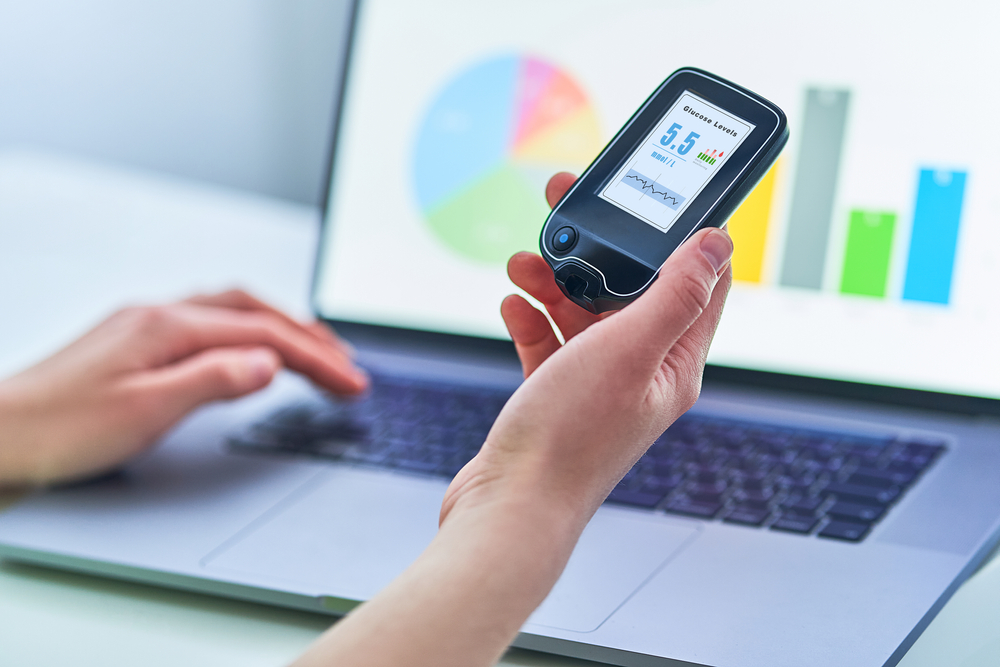
In general, RPM solutions can measure different things and serve many purposes. That’s why there’s no default functionality for remote monitoring software. But here are the most popular features that can bring extra value to your facility. Read also: Data Exchange Standards in Healthcare
Medical data tracking
Monitoring vital signs is a regular medical practice. However, RPM solutions can make this process ongoing and automated to give doctors a clearer picture of patients’ health conditions. Some of the metrics you can track with remote patient monitoring systems include:
-
Pulse
-
Blood glucose levels
-
Blood pressure
-
Oxygen saturation (SpO2)
-
Body temperature
-
Breathing frequency
-
Physical activities
-
Medication uptake
-
Stress levels
This list is not exhaustive and depends on the type of device. With different software and analytics tools, you can create lifestyle management solutions for patients with chronic illnesses or apps to assist treatment for people with common ailments.
Data exchange
RPM devices can collect data through sensors and send it to healthcare providers. The device can transfer the data directly to the cloud server, which would require the device to have an LTE or WiFi adapter. However, the most cost-effective option is to transfer the information from the RPM device to the mobile app via a Bluetooth module that will then upload it to the database.
That’s why the patient-side mobile application should support BLE (Bluetooth low energy) communications for faster data exchange and integrate with other medical software products via a secure API.
Analytics and decision support module
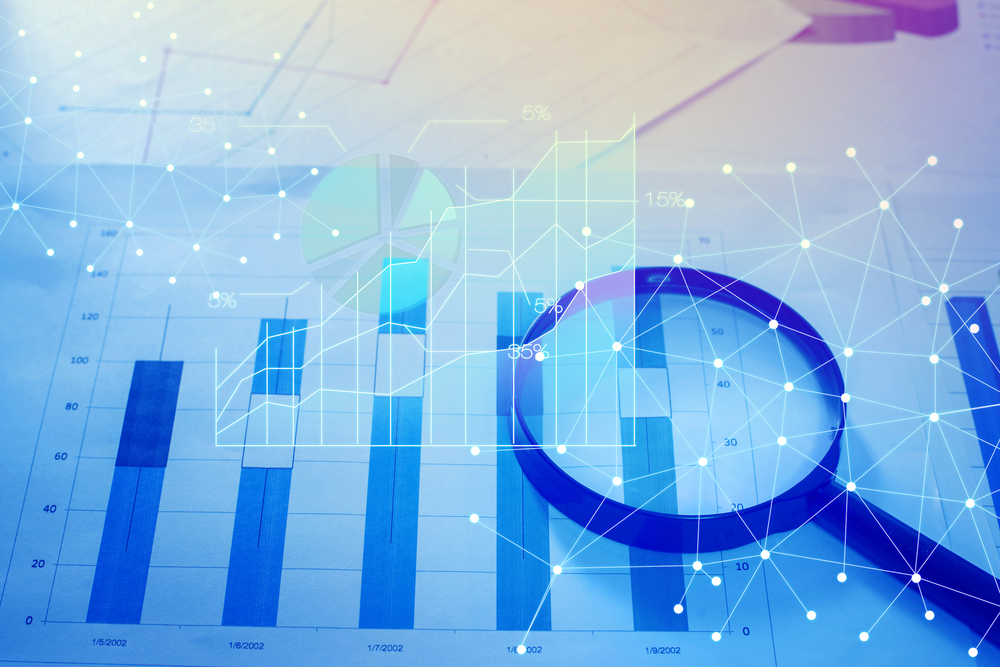
Implementation of RPM solutions with other computing systems will enable advanced data management and analytics. After the patient data from a wearable tracker gets delivered to the database, the hospital-side software can automatically turn it into actionable insights.
On top of that, the development of remote patient monitoring software with machine learning and AI technology can help you forecast a patient’s future condition (predictive analytics) and suggest ways to improve their health (prescriptive analytics). Additionally, a system can include data visualization tools that help doctors define inclinations, tendencies, and patterns to identify high-risk patients. Read also: How to Develop a Healthcare Analytics Software
Communication tools
Organizations can create remote patient monitoring software with audio and video conferencing features, enhancing communications between physicians and patients. This functionality can turn your RPM system into a viable telehealth platform for virtual visits that is more comprehensive and allows for the active participation of other parties (relatives and caretakers).
Notifications & alerts
An RPM app can help users improve treatment and medication adherence with automated reminders. Critical alerts about changes in health parameters and medication alerts can come as in-app notifications, emails, SMS, or voice calls to the patient, doctor, and caretakers.
Data security
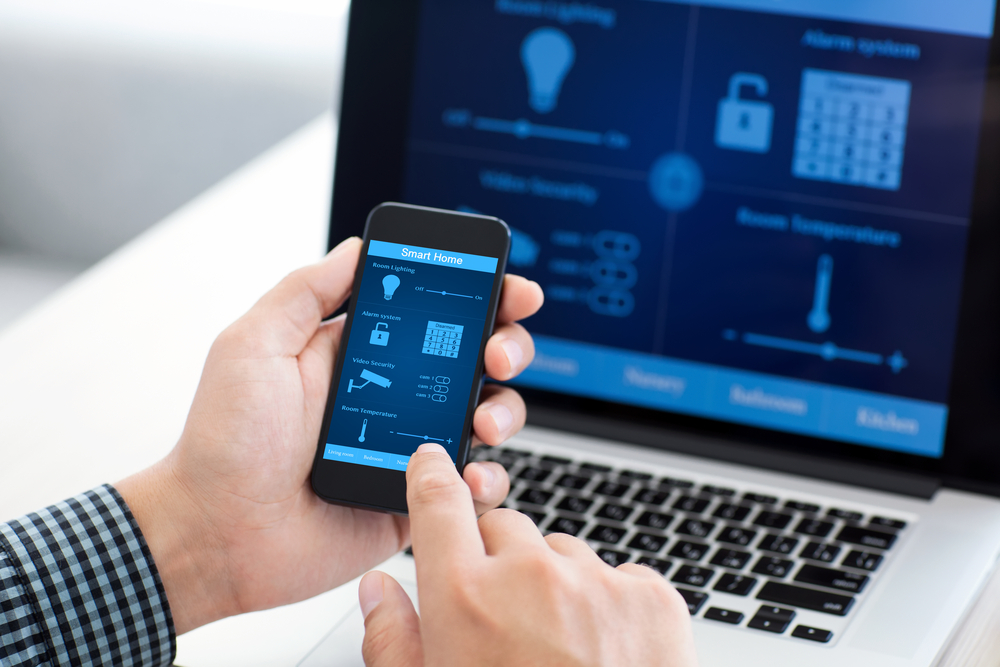
The healthcare sector is a large target for hackers. According to the HIPAA 2019 Healthcare Data Breach Report, the industry suffered over 41,000 stolen medical records in 2019 alone. Fines for HIPAA violations range from $100 to $50,000 per incident.
That’s why both the patient-side and hospital-side of your remote health and telemedicine software must be HIPAA compliant. Moreover, your system should align with other regulations and standards (IEC 62304, ICD-10, PDMS, MDDS, FDA, and others).
Now that we’ve talked about core RPM functionality let’s see what RPM solutions you can integrate into your healthcare facility.
Types of remote patient monitoring systems

As remote monitoring becomes the new normal for patient care, facilities integrate more and more RPM applications into their workflow. Healthcare providers can choose from a vast number of solutions with different functionality. The most popular systems include:
Cardiac monitoring
Cardiac monitoring devices track the state of a patient’s heart using low-amplitude signals and transmit the data to clinics in real-time. Because of their compact size, people can wear these devices in everyday life or during sports training, allowing doctors to measure the impact of specific activities.
Remote devices open up new possibilities for those with arrhythmia or recent cardiac events. Continuous heart activity data and analytics tools allow doctors to get a clear picture of the patient’s condition. Meanwhile, providers can adjust care plans and suggest healthy lifestyle changes. Research shows that RPM solutions are much more effective at reducing blood pressure than regular care and self-monitoring.
Baseline signs monitoring
RPM systems can track basic physiologic parameters such as blood glucose, oxygen saturation (SpO2), temperature, and breathing frequency. These devices come in the form of compact, non-intrusive trackers, smartwatches, and smart electronic stethoscopes that measure data and share it with healthcare providers.
Remote monitoring devices can measure the patient’s blood sugar level and send timely alerts to the mobile app if the system detects threatening symptoms. At the same time, AI-powered healthcare analytical tools help doctors see a bigger picture and measure how certain lifestyle factors impact a patient’s condition.
Custom remote patient monitoring solutions can even detect unusual fluctuations in a patient’s vitals to detect symptoms of viruses. For example, a continuous decline in SpO2 readings can be a symptom of COVID-19. If the system detects such patterns, it will automatically alert the physician who can then direct the patient to the clinic.
Remote monitoring devices can help people whose illnesses can’t be cured with therapy. These devices can significantly improve the quality of life for people suffering from muscular dystrophy. If the system detects irregularities in the patient’s breathing pattern, the doctor will receive an alert, prompting him to schedule a clinical visit. This can help predict when to introduce an assisted coughing or ventilation session before the patient’s condition can worsen.
Depression (mood) monitoring
Mood tracking requires continuous observation, which becomes easy with remote monitoring technologies. These devices usually come as wearable trackers that can measure behavioral data from baseline signs and activities.
For example, the RPM system will collect data about the patient’s pulse, blood pressure, physical activities, and even sleep patterns. The system will then analyze this information and compare it to measurements of people suffering from depression. As a result, the software can detect potential depressive symptoms and mood swings.
Pregnancy monitoring
Wearable trackers can help monitor the condition of women during pregnancy. Advanced systems can track even the slightest shifts in vital signs at any time. Even data such as blood pressure or weight fluctuations can be analyzed and sent to healthcare practitioners.
Smart beds with monitors can be instrumental at the late stages of pregnancy. They allow nurses and doctors to quickly assess the condition of both mother and child, allowing them to prevent health risks and complications.
None of these systems will work without a robust IT platform. Let’s see how you can create one for your business.
How to create a remote patient monitoring system
Building a solid software platform for healthcare requires a lot of expertise, resources, and time. In general, the development process can be divided into five steps.
Research
At the research stage, you should conduct an in-depth analysis. This includes:
-
Identifying the primary category of patients (people with chronic illnesses, seniors, and children would need different features) and their need for RPM solutions
-
Determining goals for stakeholders (investors, doctors, and medical staff)
-
Analyzing RPM systems that already exist in the market
-
Learning about required certification & regulatory compliance
After that, you should gather requirements and define product specifications. Before moving on to the next step, you also need to have a clear picture of the technology stack, budget, and time estimates. If you choose a reliable IT vendor, its team will help you deal with this task.
We recommend focusing on essential features first and gradually adding more functionality to the end product (perhaps even after release). If you develop a unique RPM solution, you might want to start with a minimum viable product (MVP) with basic functionality that can be used for further testing.
Design
Here, a development team will create a UI/UX design: a sitemap and interface elements for the mobile, desktop, and web apps. Remember that the portal should be easily understandable for doctors and patients.
The team should also decide on the types of monitoring devices, database (local server in your clinic or a cloud solution), and synchronization techniques between the RPM app and your database.
Coding
At this stage, software engineers will transform the product’s design and architecture into functional applications according to technical requirements. The RPM solution could consist of several products, such as a web portal, mobile and desktop apps, and software for wearables. These elements have to interact with one another to create an interoperable system.
The development process may follow a sequential (Waterfall) approach, where your developers will follow the steps consecutively. Alternatively, your team can adopt an Agile methodology, where the design, coding, and testing repeat in iterations until you come up with the best possible solution.
Testing
A development team should test all the elements and features of your products. Usually, this is a continuous process that consists of ongoing bug fixing (unit testing) and verification of all system components (integration testing).
Release
Once your RPM product is ready, a development team will deliver it to you along with all the necessary documentation. We also recommend investing in video tutorials, manuals, and even training webinars. This will help your staff and patients learn about the features of your software.
Creating a secure, scalable, and reliable platform is difficult without knowledge of the technology and prior experience. You can significantly improve your project’s success rate if you turn to a professional software development vendor with relevant experience.
Building a remote patient monitoring system with Demigos
The team’s experience plays a critical role in healthcare software development. At Demigos, we know how to deal with common technical challenges during the development process.
In one of our healthcare development projects, we built a scalable tech platform for Wendy’s Team, a senior care agency in the US.
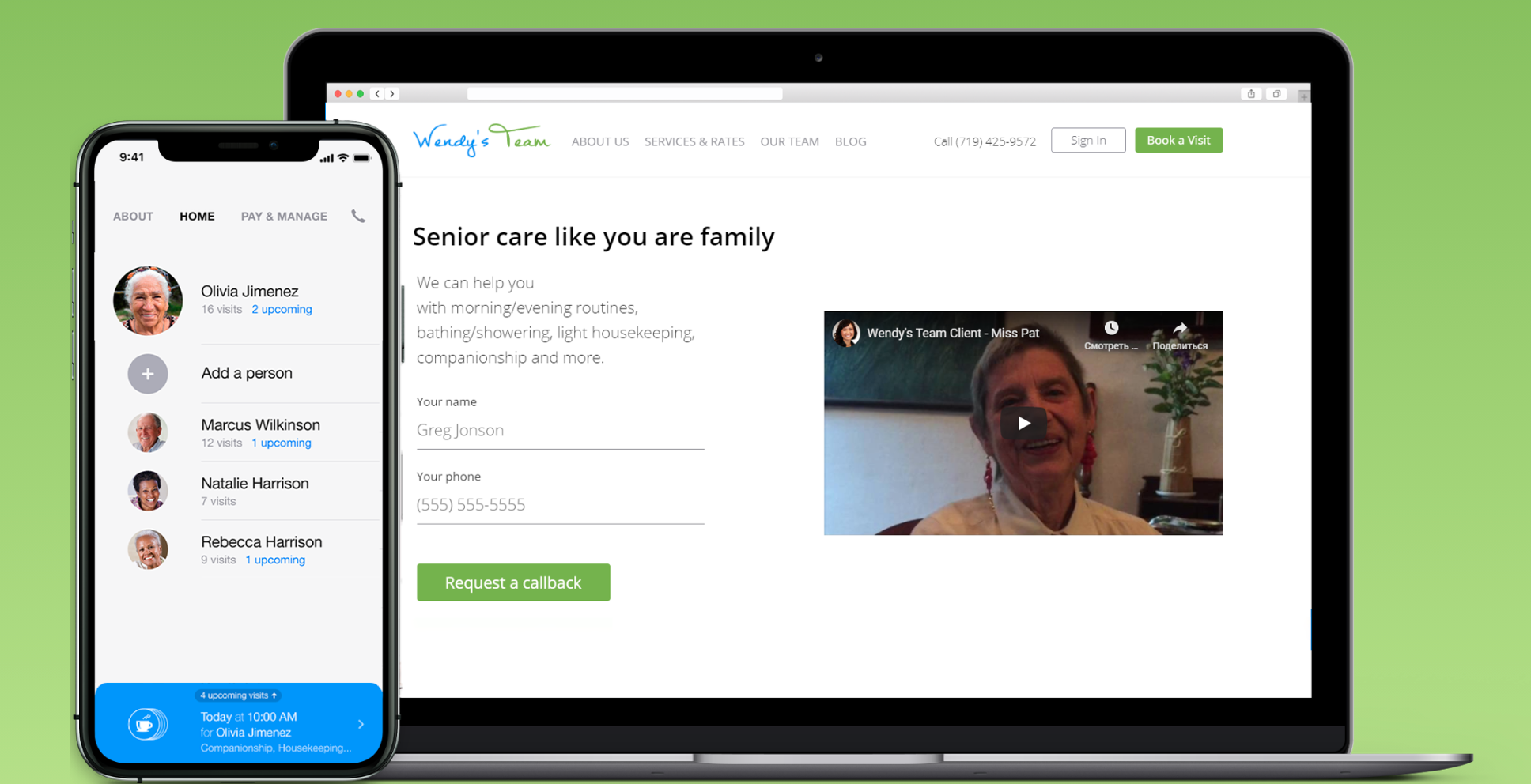
Our initial task was to redesign an existing app prototype for managing and paying for visits. We performed an in-depth audit of the company’s business and operation model. After doing the research, we came up with a new concept for the app and web platform.
As a result, we developed a scalable web integrated system for multiple markets. Most routine processes were automated, which allowed the client to grow its customer base from three people to over 150 without affecting the manager’s workload. Read more in an article about home care platform development.
What’s next?
The market for remote patient monitoring systems will continue to grow even after the pandemic.
RPM solutions can help healthcare providers capture, monitor, and automate health and physiological data analysis continuously. Some software allows doctors to examine and treat patients without the need to visit physical locations.
The advantages of this technology include faster response to drastic changes in a patient’s condition, improved customer satisfaction, and reduced readmissions and routine examinations.
Demigos brings experience to the table with a relevant tech stack, efficient development methodology, and a proven workflow. We know how to create a remote patient monitoring system that will help your business deliver more value and reduce operational costs. Contact us if you want to learn more about our services.

